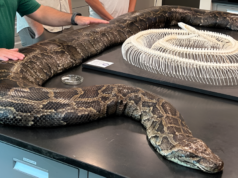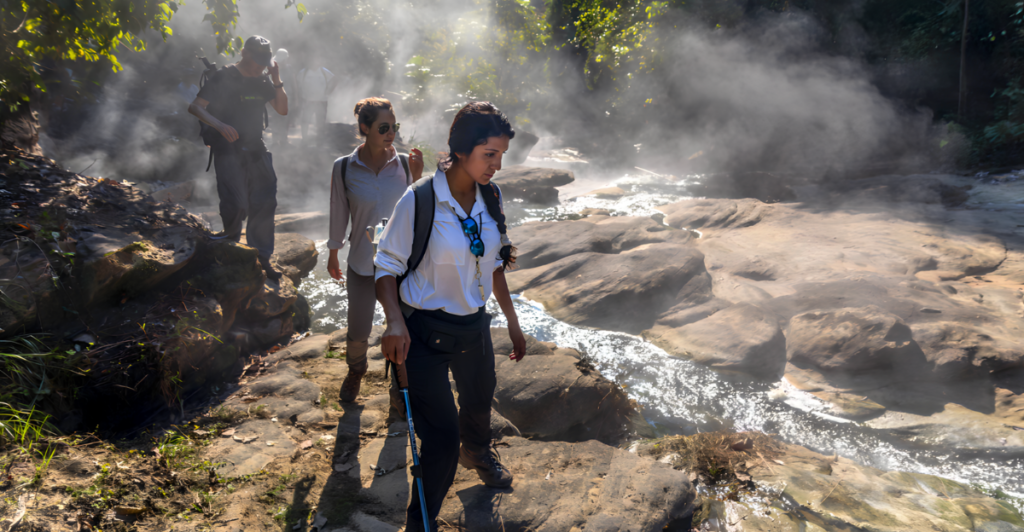
The Boiling River in the Peruvian Amazon is one of the world’s most unique and dangerous natural wonders. Stretching over nine miles, this river can reach temperatures of up to 200°F (93°C), creating an environment where survival is nearly impossible for most species.
A River Unlike Any Other

Unlike regular rivers, this one is heated by geothermal forces deep underground. The thermal waters are so hot that they can scald anything that comes in contact with them, including animals that drink from it or enter its waters. The river’s unique features, a mix of geothermal heat, and an extraordinary surrounding ecosystem make it an area of interest for both scientists and conservationists.
Located In The Heart Of The Amazon
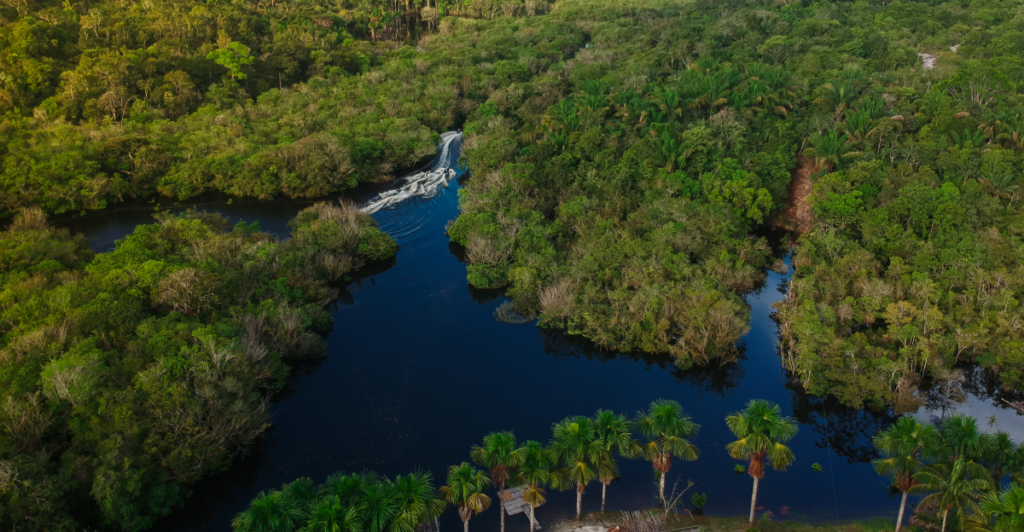
Nestled within Peru’s dense, biodiverse landscape, this geothermal river, known to the locals as “Shanay-timpishka,” meaning “boiled with the heat of the sun,” is unlike anything else.
An Ancient Mystery

Revered by indigenous tribes for generations, this geothermal phenomenon was long considered sacred, with its scorching waters viewed as a powerful force of nature. While modern science has uncovered that the river is heated by underground volcanic activity, much about its origins remains mysterious.
The Science Behind The Heat

Beneath the river lies a system of underground faults and fractures that allow hot water from deep within the Earth to rise to the surface. This geothermal activity, fueled by volcanic energy, causes the river’s waters to reach temperatures as high as 200°F (93°C), far hotter than most rivers on Earth. The heat is further amplified by the surrounding topography, which traps the warmth and intensifies the boiling effect. The river’s extreme temperatures result from this unusual combination of geological conditions, making it one of the few places on the planet where such high levels of heat occur naturally.
The River’s Impact On Wildlife
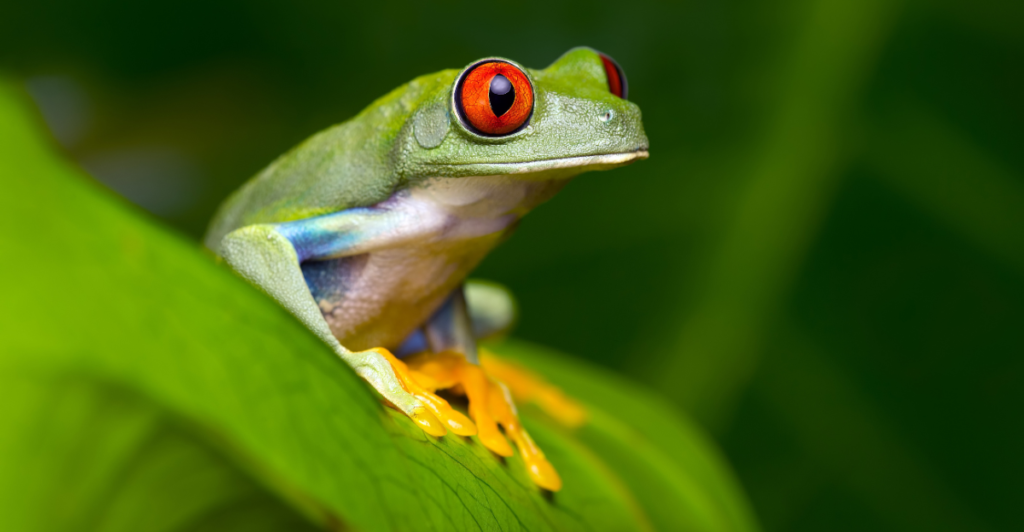
Fish, amphibians, and other wildlife in the surrounding Amazon rainforest must avoid the river’s scorching waters, as even brief exposure can result in severe burns or death. This makes the river a unique but perilous barrier for many species that would otherwise inhabit the area.
Threats To Biodiversity
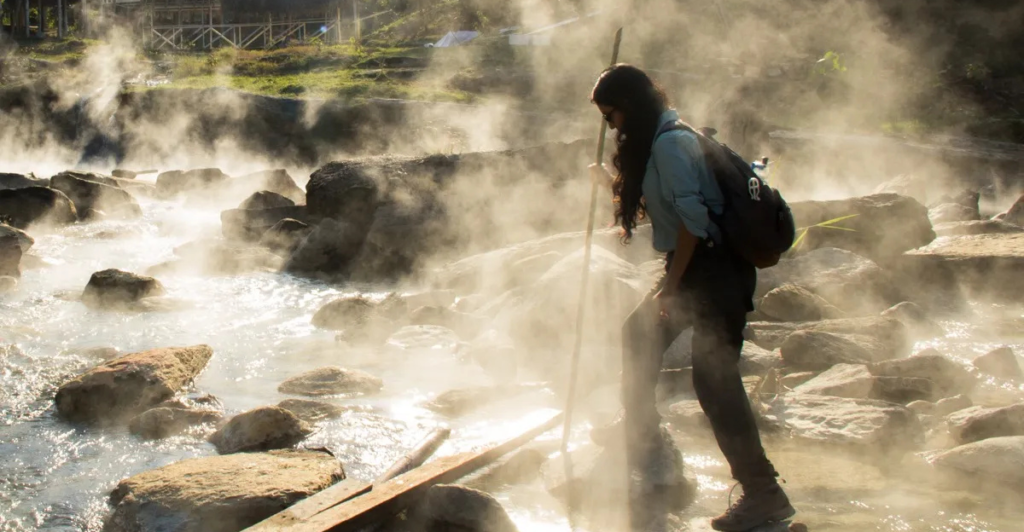
With its dangerously high temperatures, the river creates an inhospitable environment that makes it nearly impossible for many species to survive. The extreme heat eliminates any chance of aquatic life flourishing in the water, disrupting the balance of ecosystems in the surrounding areas. As the river’s influence extends throughout the jungle, wildlife that relies on nearby water sources for drinking or cooling off is forced to adapt or perish. This disruption could have far-reaching effects on the region’s biodiversity, making it even more difficult for species to thrive in an environment that is already under pressure from deforestation, climate change, and human encroachment.
The River’s Role In Ecosystem Regulation
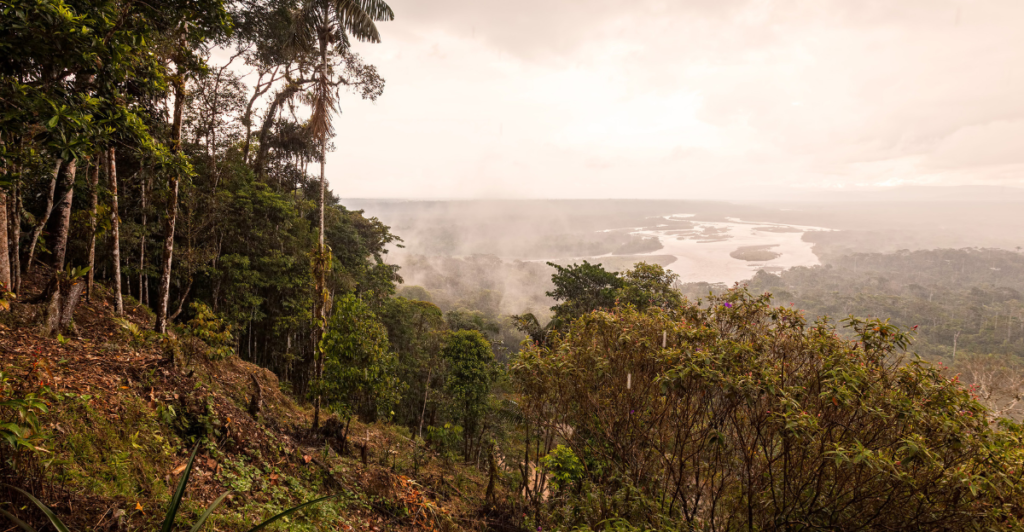
The river’s presence influences the movement of species, limiting the spread of certain animals to areas where they might overpopulate or disrupt other ecosystems. In this way, the river acts as a natural regulator, preventing the unchecked expansion of certain species and maintaining a form of equilibrium.
Scientific Exploration
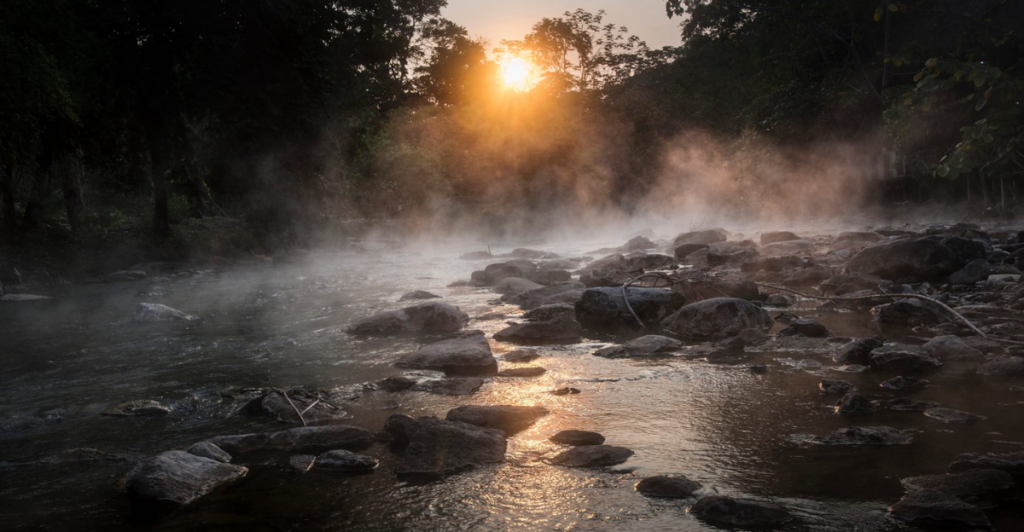
Researchers are particularly interested in understanding how the river’s high temperatures affect the surrounding ecosystem and its inhabitants. Despite the challenges of conducting studies in such a remote and hazardous location, scientists are unraveling the mysteries behind this phenomenon, including how the river’s heat contributes to local geological formations and influences wildlife behavior.
The Changing Landscape
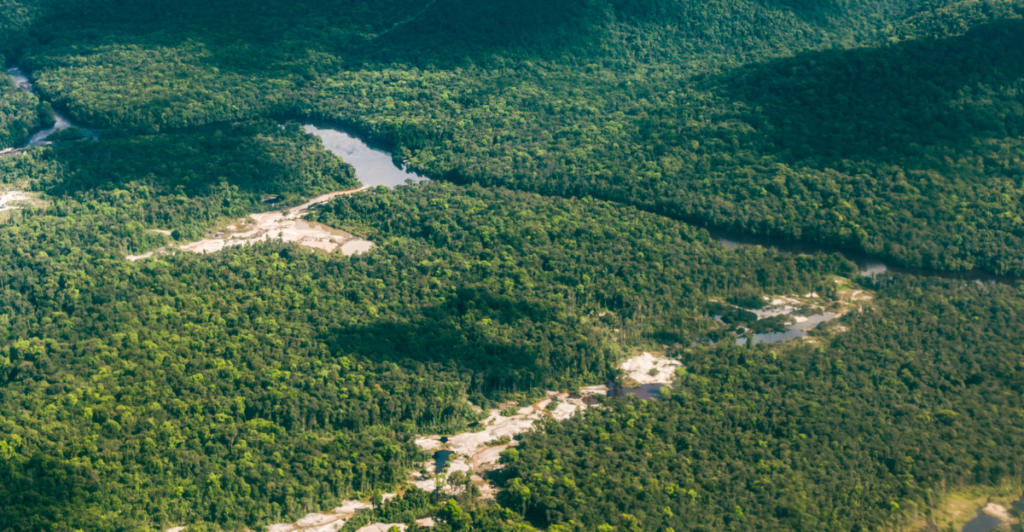
Climate change may cause the Boiling River’s already extreme temperatures to increase, leading to further ecological strain. It’s unclear how rising global temperatures will affect the river, its wildlife, and the surrounding environment in the coming decades.
Conservation Efforts
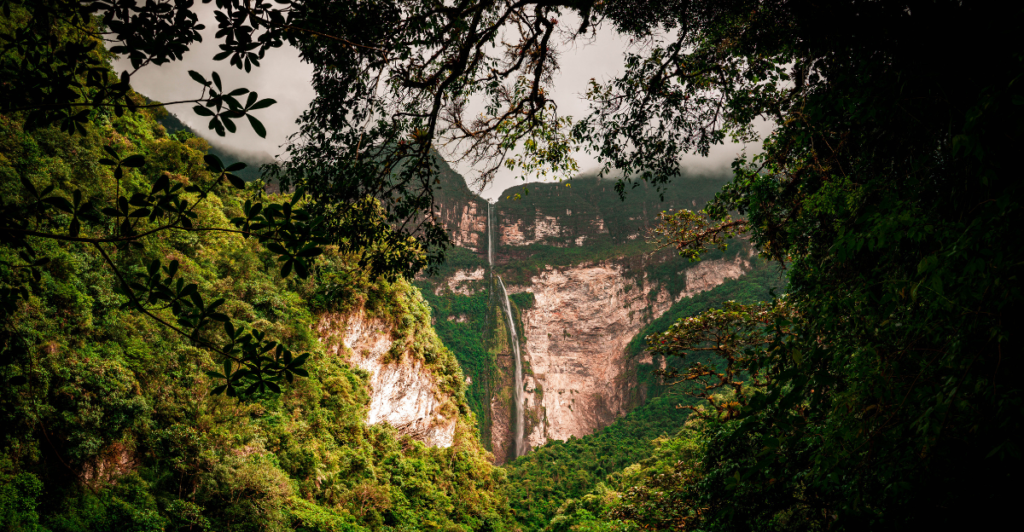
Conservationists are focused on protecting the surrounding Amazon rainforest from human encroachment, which could further threaten the delicate balance of species in the area. Efforts are being made to study the river’s impact on local wildlife and create sustainable approaches that allow for the preservation of both the river and the surrounding biodiversity.
The Threat Of Climate Change
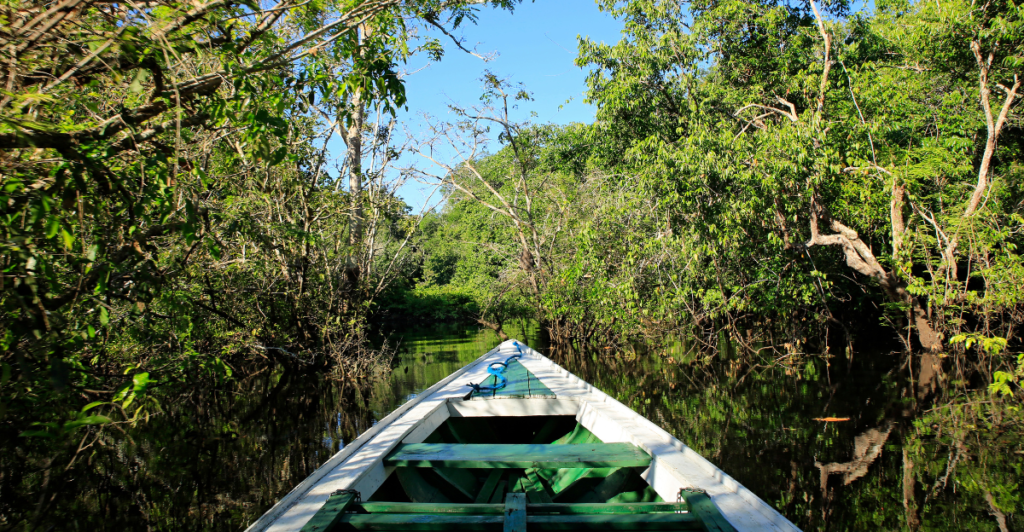
As global temperatures rise, the delicate balance of ecosystems in the region may be further disrupted, potentially altering the geothermal conditions that heat the river’s waters. This could lead to more intense heat waves or shifts in the surrounding environment, threatening the survival of species that are already struggling to adapt to the river’s scalding waters. Climate change could worsen the impacts of deforestation and human activities in the Amazon, putting further pressure on biodiversity.
A Mystery Worth Protecting

The Boiling River serves as a reminder of nature’s power and the delicate balance that sustains life in the Amazon. While its extreme heat makes it a dangerous force, it’s also an awe-inspiring feature that must be preserved for future generations.
Discover more of our trending stories and follow us to keep them appearing in your feed

Massive Underwater Volcano Off U.S. Coast Shows Signs of 2025 Eruption
Yellowstone Supereruption Could Cover Most of North America in Ash
Largest Canadian Immigration Project Sparks Giant U.S. Wolf Revival
Scientists Are Bringing Back The Wooly Mammoth
References:
Reference 1
Reference 2
Reference 3
This article first appeared here
Stay connected with us for more stories like this! Follow us to get the latest updates or hit the Follow button at the top of this article, and let us know what you think by leaving your feedback below. We’d love to hear from you!


